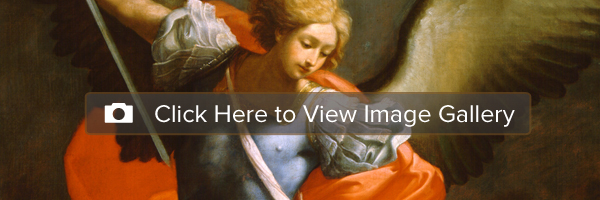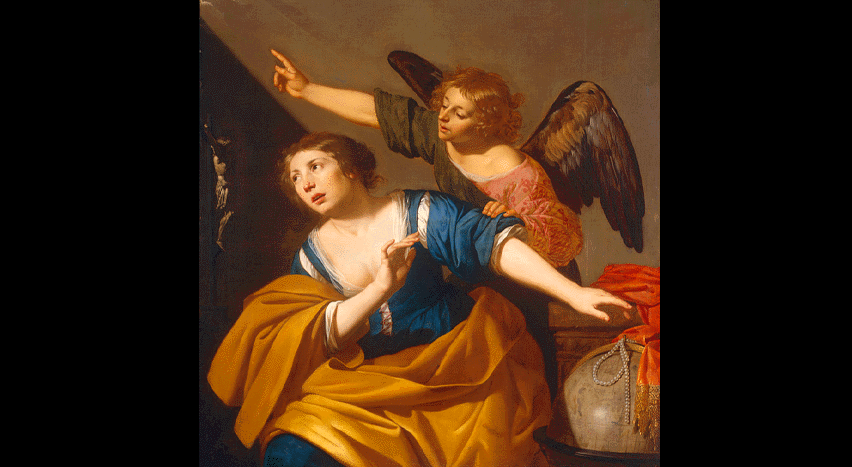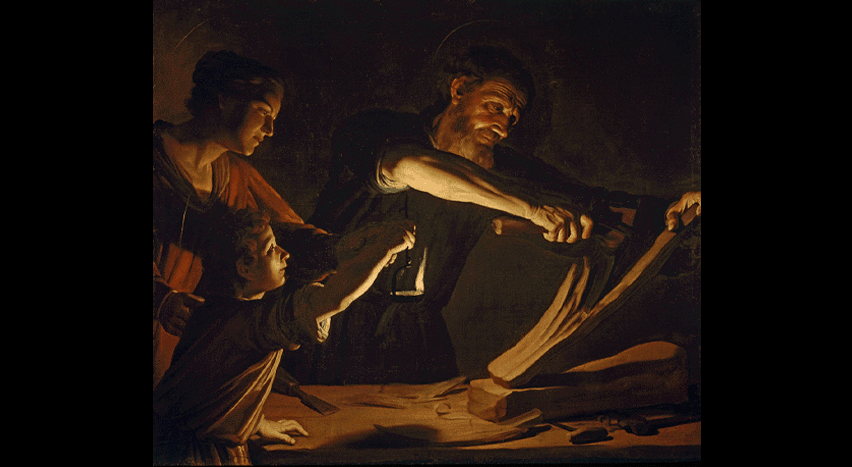Dutch Baroque

The history of the present day Netherlands is rooted in its conflict with Spain in the 17th century. Catholic Spain had controlled the Netherlands since 1555. Since the Dutch embraced the Protestant Reformation, their fight for freedom waged against Spain from 1568 to 1648 was religious as well as political. This defining era in their history also created an environment conducive to new modes of artistic production. Unlike their Catholic, Flemish counterparts, the Calvinistic Dutch shunned artistic ornamentation in their churches, thus forcing artists to look outside the church for commissions and patronage.
Fortunately, a surge in economic prosperity through the banking, commerce, and shipping industries accompanied the Netherlands ‘ political and religious independence. The resulting growth of a wealthy middle class produced patrons able and eager to buy art for their homes and public buildings. Artists began to specialize in particular subject matter, such as biblical and historical scenes, still life, interior architectural scenes, landscapes, portraits, and scenes of everyday life (genre painting), some of which had previously been undeveloped or rarely pursued. Interestingly, even though the Museum & Gallery collection of Dutch Baroque paintings is limited to religious themes, the collection still includes examples from each of these specialized genres.


